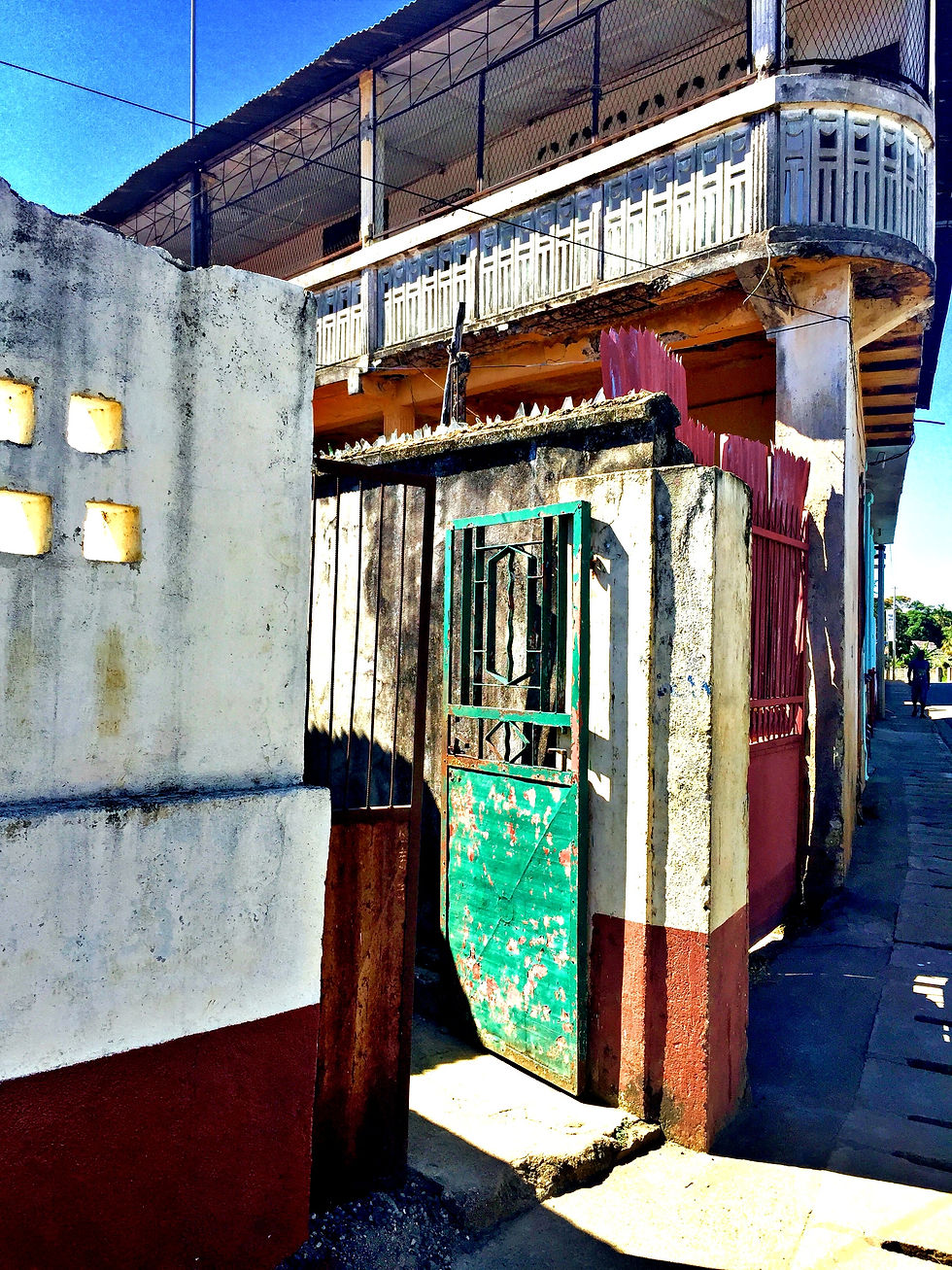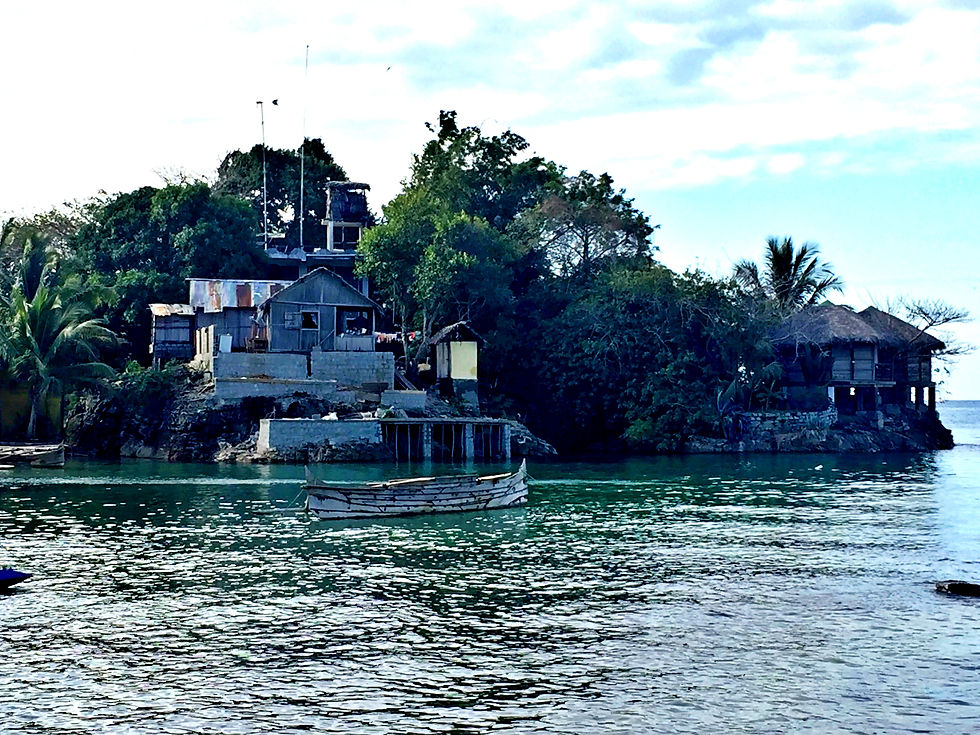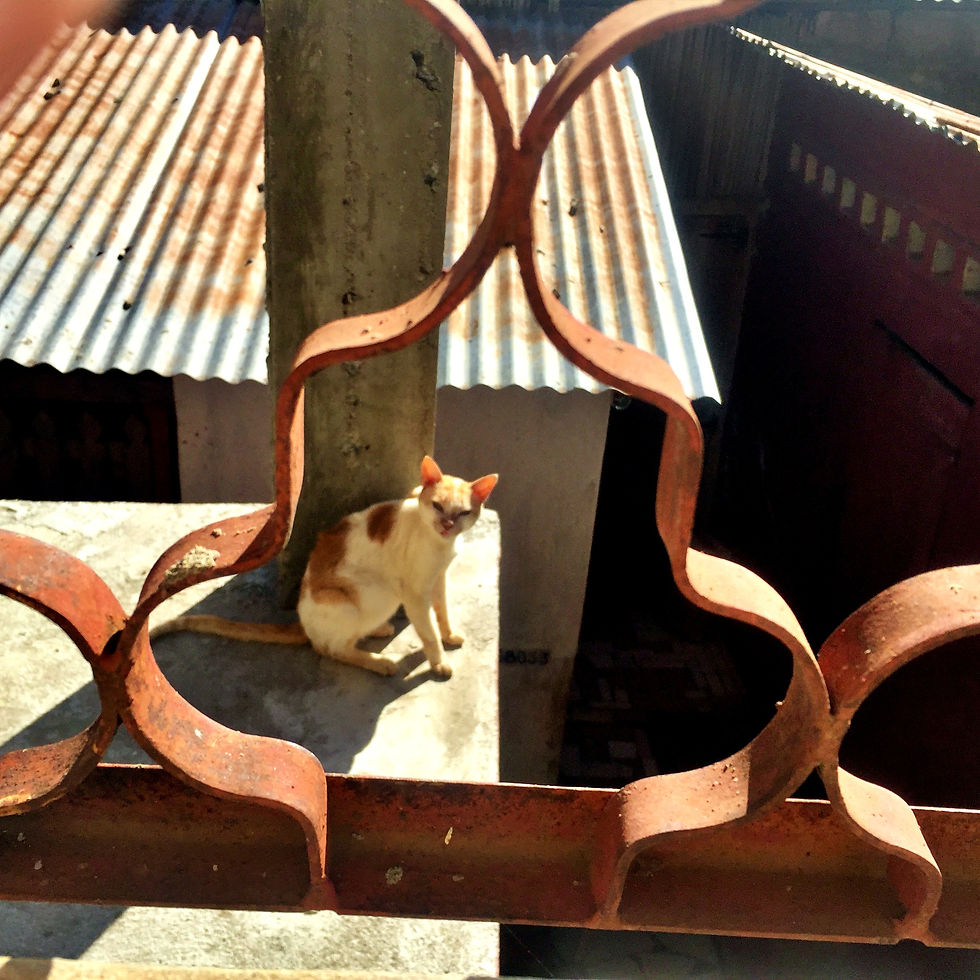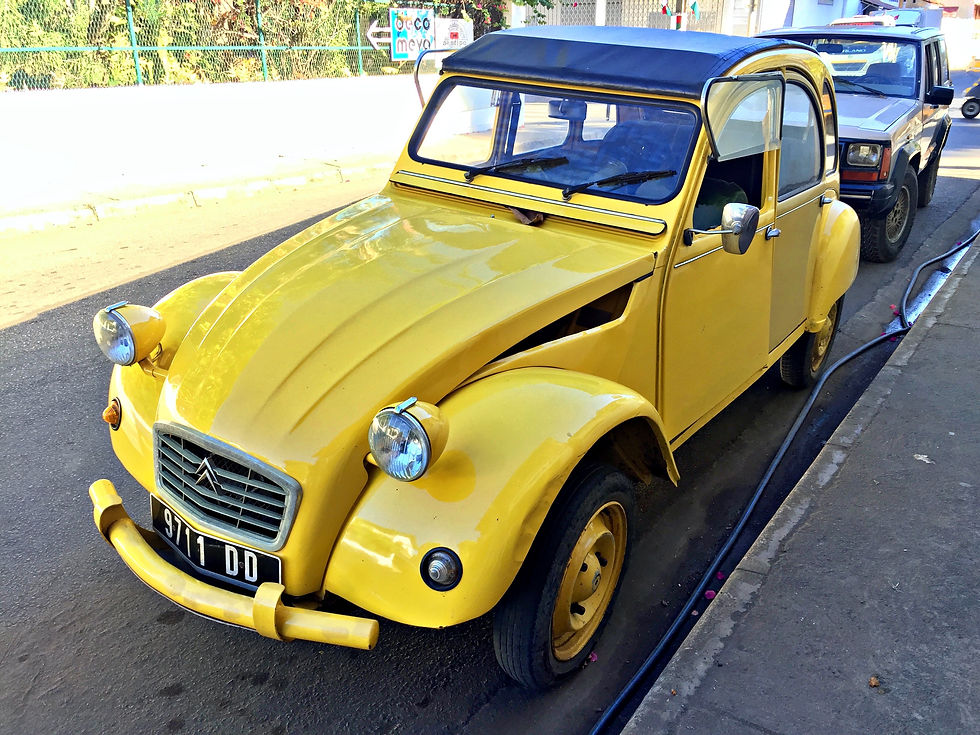Nevins

Madagascar
Nosy Be, Madagascar
June - August 2016
I went to Nosy Be in the summer of 2016 to help an NGO survey the diversity and abundance of the endemic fauna on the island. We conducted transect surveys of birds, reptiles, butterflies, and lemurs during the day and night, in forest patches of varied levels of degradation. Deforestation in the country of Madagascar as a whole is severe, and Nosy Be is being drastically impacted as well. Our camp was on the beach at the very southeast tip of the island, close to the Lokobe Reserve, the only protected primary forest left on the island, which gave us a unique opportunity for comparison. The goal was to consider how various levels of habitat disturbance were impacting the abundance and diversity of the focal species.

Aerial view of the land surrounding the capital city of Antananarivo. Few trees remain, with lots of bare red soil visible.
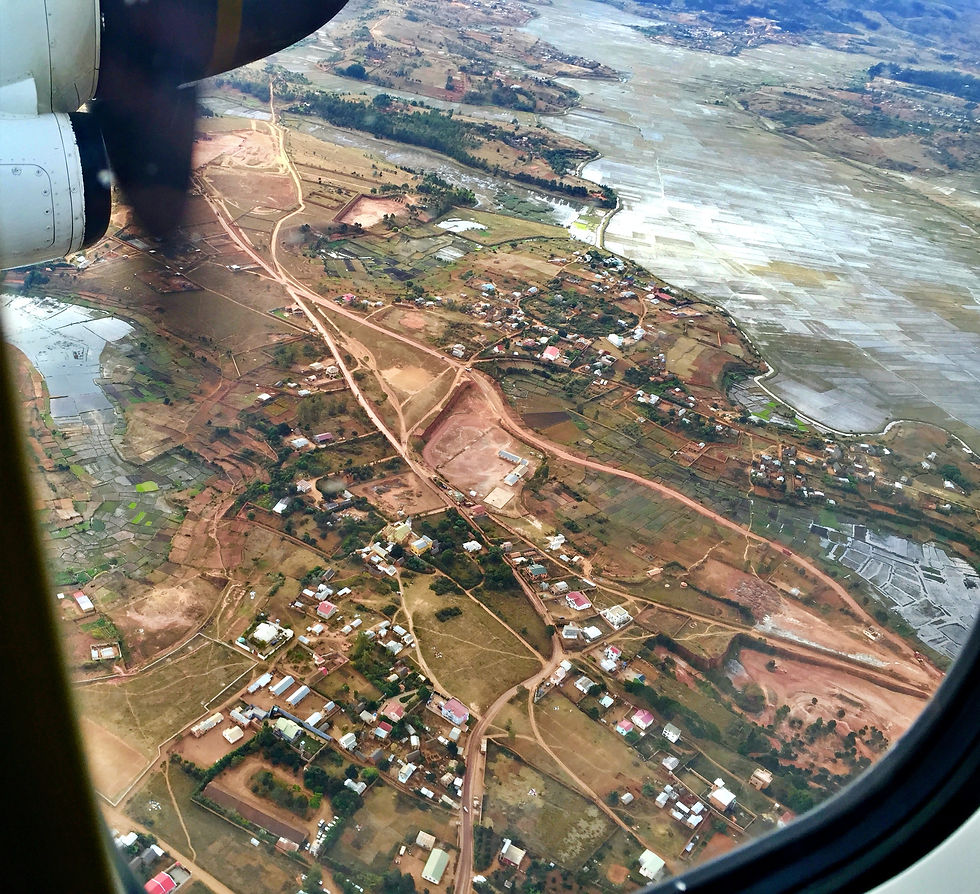
Another aerial view. The island has been almost entirely deforested, and the land has been converted for agriculture.
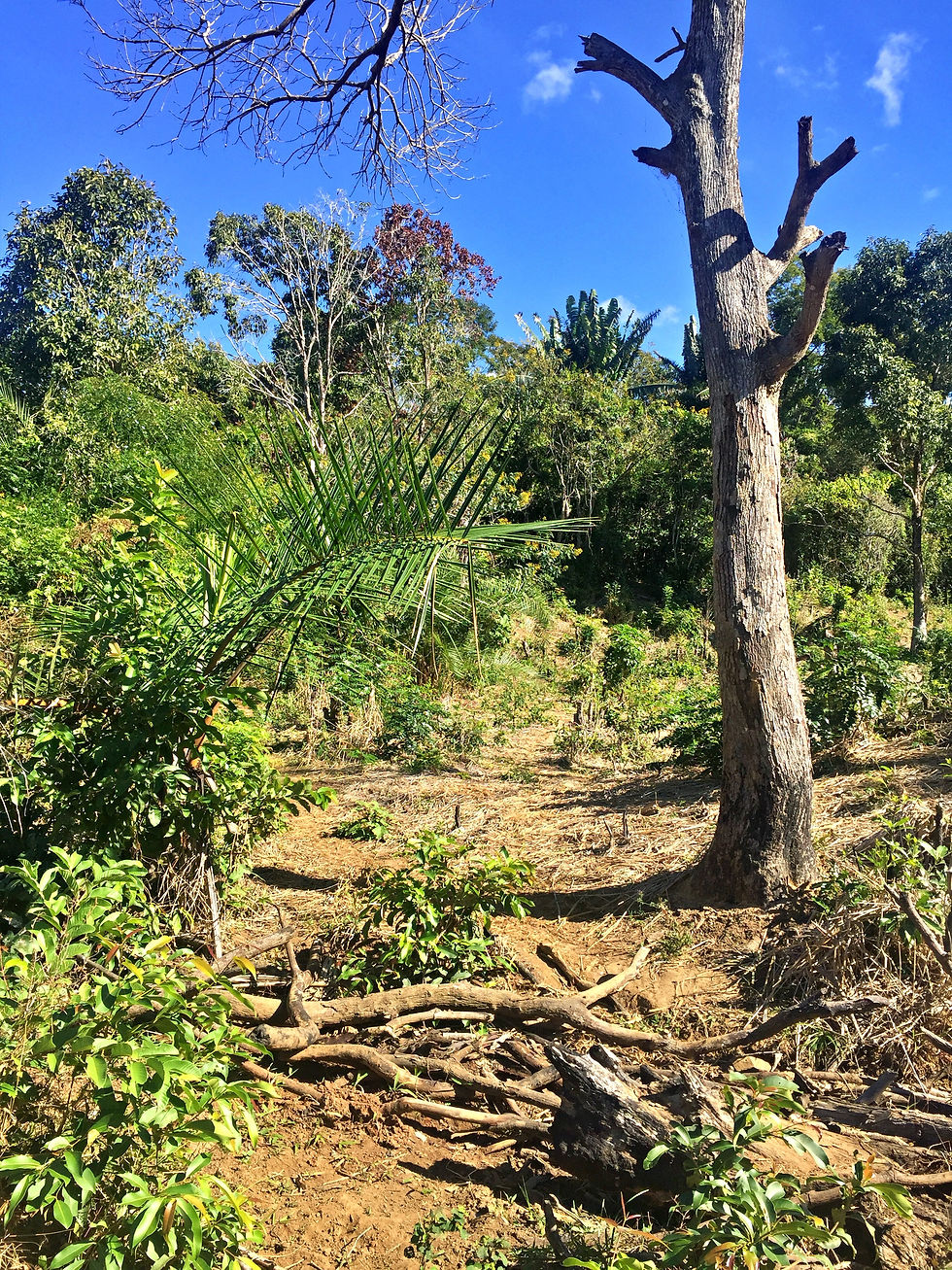
Trees are used for charcoal production, or cleared to plant crops like bananas.

Aerial view of the land surrounding the capital city of Antananarivo. Few trees remain, with lots of bare red soil visible.
During my time there I realized I had a great opportunity to conduct my own research, and wrote a proposal to further consider the web-building spider species I was observing during my other transect surveys. Because web-builders rely on vegetation for web-building substrate, I thought they'd be a perfect proxy species to consider the impacts of varied levels of deforestation and habitat disturbance. I selected four common species, which each employed a very different web design strategy. While I was able to identify two species to at least the genus level, I have still been unable to identify the other two species.

Madagascar Golden Orb-Weaver
Nephila madagascariensis
A very large spider that weaves a massive, classic
looking orb web with gold-colored silk. Can be found alone in its natural habitat, or living in huge aggregations in urban areas.

Net-Casting Spider
Deinops spp.
This spider weaves a rectangular web, which it holds between its front two legs while hanging upside down. When prey walks underneath, the spider stretches the net and throws it around the prey.

Dome-Webbed Spider
Unknown
This spider weaves a dome-shaped web, which can very in size from a few inches across, up to several feet. It perches inverted at the top of the dome and waits for prey to land on the surface.

Red Orb-Weaver Spider
Unknown
This very small spider has a bright red abdomen and very long legs. It builds a small class orb-web with very closely arranged outer spiral threads, and a very small catch spiral.
There were six established transects going through forest areas of three varied degradation levels - primary forest along the border of the Lokobe Reserve, secondary forest patches, and completely degraded forest near some of the villages on the peninsula. Point and count surveys, two replicates were transect, were conducted after dark between mid-July and early August. Along each 100m transect, each of the target species observed was recorded, along with measurements of the height and orientation of their web, and the substrate it was built on.
In total, 226 individuals were surveyed, 167 in the primary forest, 45 in secondary, and 14 in degraded. Although individual abundance was highest in the primary forest, overall diversity was highest in the secondary forest, when calculated using Shannon's Diversity Index. Notably, diversity in the primary and degraded forest types was not significantly different. Species abundance also varied between forest types, with Dome-Webbed spiders accounting for approximately 85% of all individuals surveyed in both the primary and degraded forest types, but net-casting spiders making up the majority (~64%) of individuals surveyed in the secondary forest. The orb-weaving species had very low abundances in all three forest types, but the Golden Orb-Weavers (GOW) were completely absent from the degraded forest sites. This absence in the degraded forest is likely explained by a lack of suitable web-building substrate, as all GOW individuals observed only built their webs on saplings or trees. Comparatively, the Dome-Webbed Spiders showed the greatest diversity of all of the species in chosen substrate material, utilizing almost all of the designated substrate categories (deadfall, ground, saplings, shrubs, trees, vines) in all of the forest types.



I had many different people help me with my field work, which made it much more enjoyable, and which helped open their eyes to viewing spiders as more than just creepy-crawly things in the dark. Near the end of my time I was able to present my findings to some of the group, which was certainly the most informal presentation I've done, but also one of the most memorable.
~~~
The trend in my results mirrored that of surveys conducted on the birds, reptiles, and lemurs on the island. Deforestation was negatively impacting the diversity and abundance of all of the species we considered there. During our work, we interacted frequently with locals in neighboring villages, and tried to share the significance of protecting the remaining forest. For many people in Madagascar though, slash and burn agriculture is a means of survival. My observations and time here confirmed for me how essential proper forest management is.
Sightings





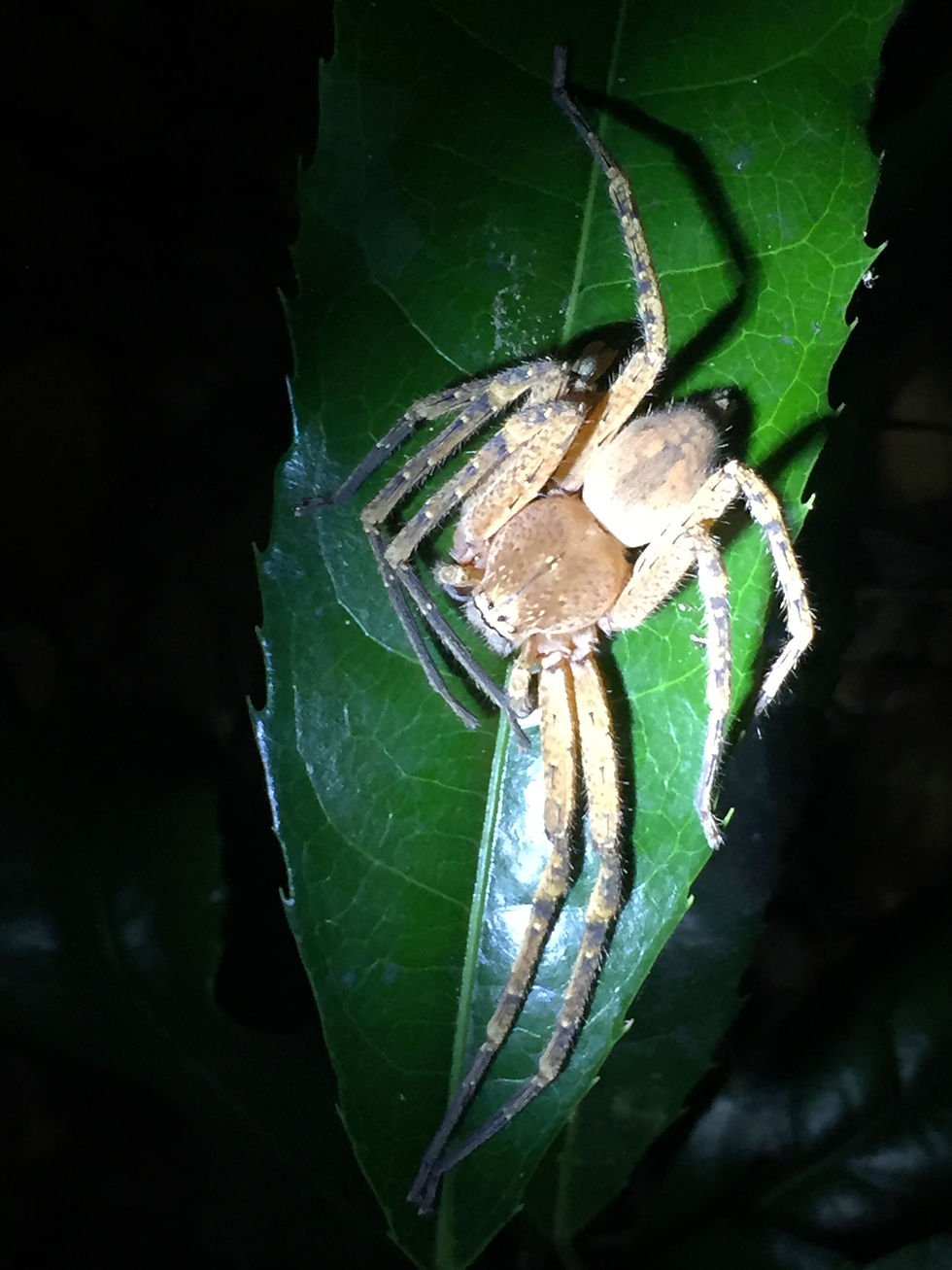
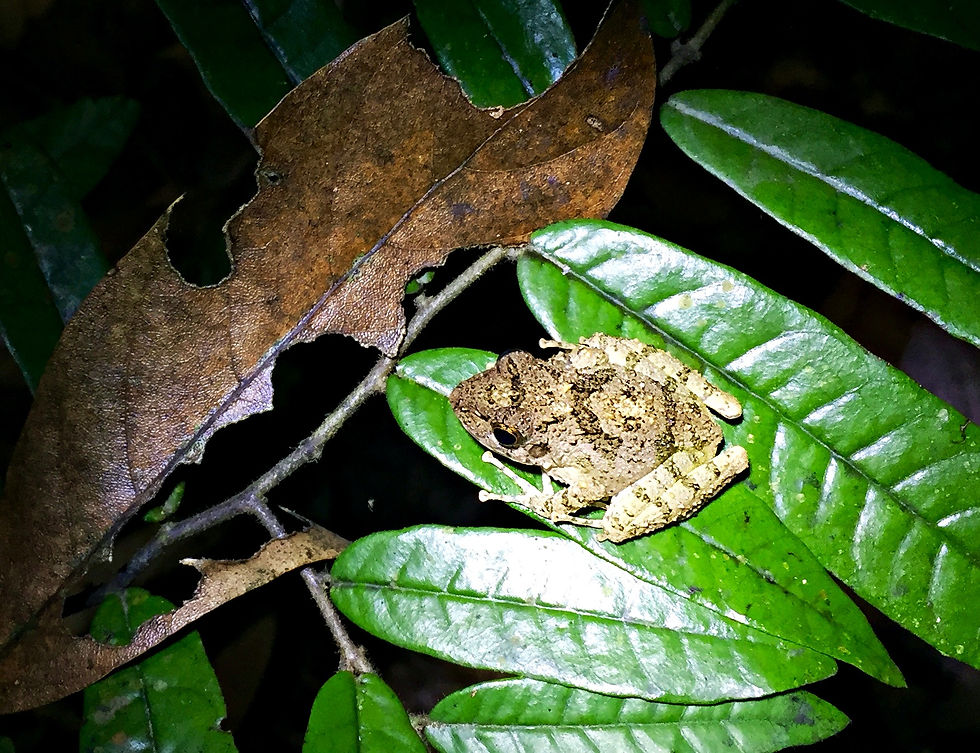




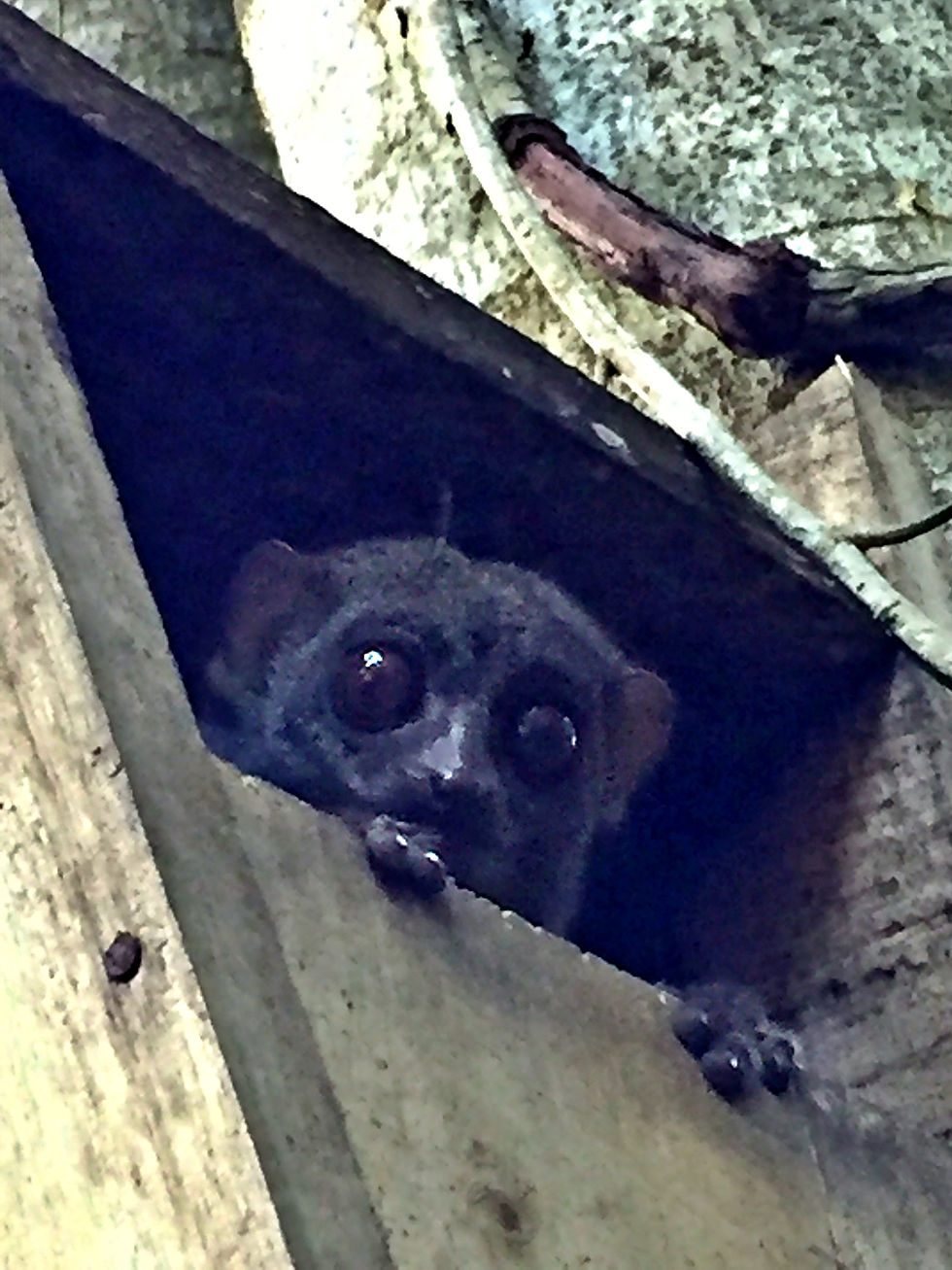


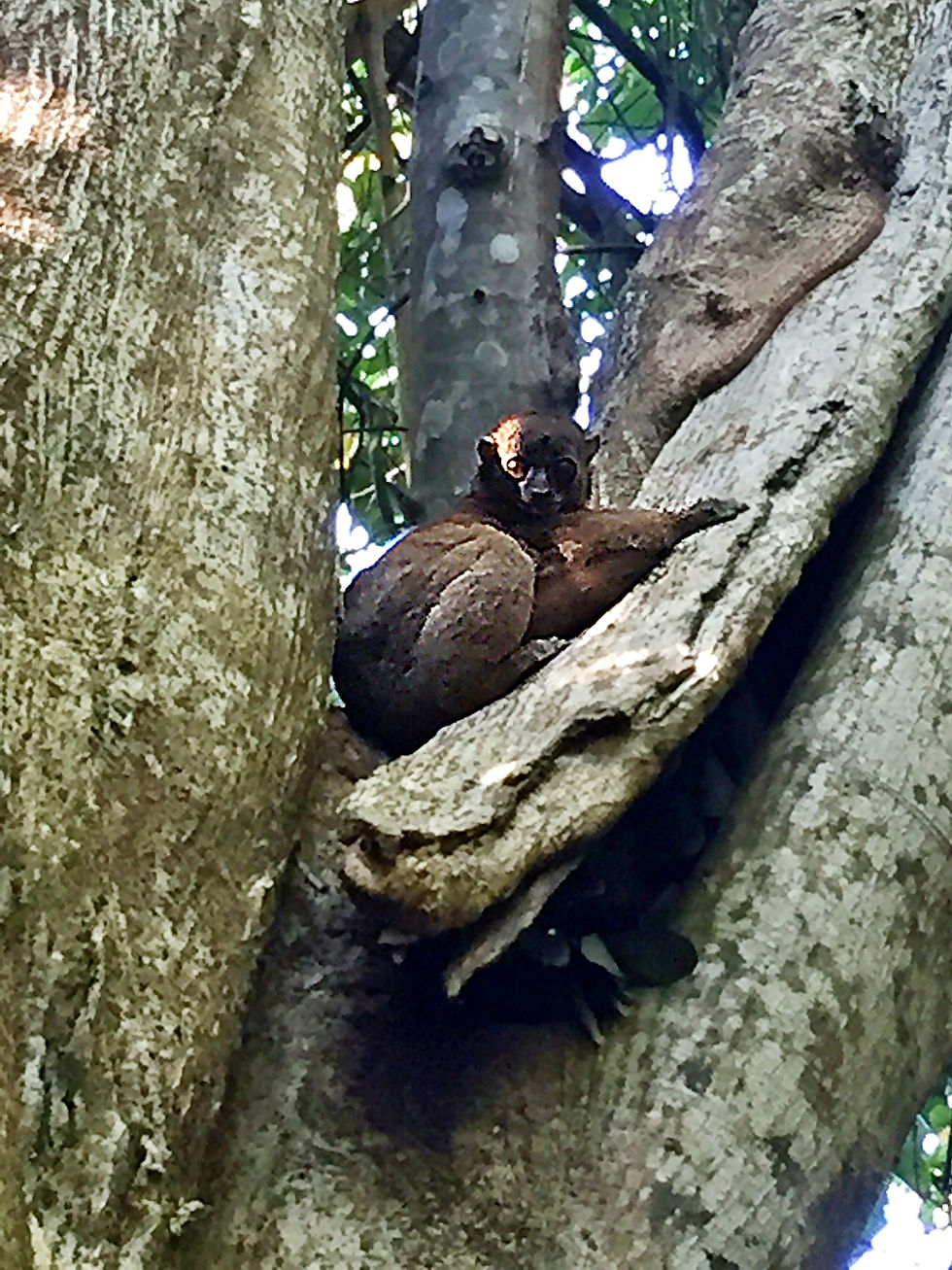
Civilization

